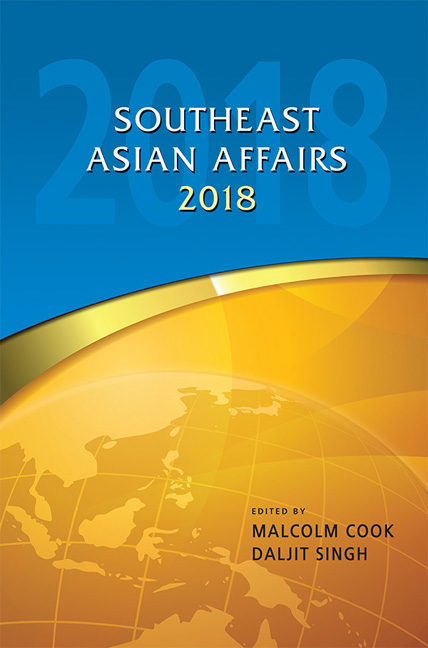Force Modernization: Vietnam
from VIETNAM
Published online by Cambridge University Press: 08 June 2019
Summary
During the period 2012–16, Vietnam was the tenth-largest importer of arms globally. This is an impressive figure given that Vietnam ranked thirty-seventh in the world in terms of its gross domestic product (GDP) in purchasing power parity terms and forty-eighth in the world in nominal terms. This chapter discusses why Vietnam made such large arms purchases, what specific weapon systems and platforms it acquired and for what purpose.
States procure arms for a variety of reasons: to defend themselves from perceived threats, to develop capabilities to suit specific needs, to acquire modern military technology, to gain prestige and to modernize their existing weapons and platforms. Force modernization (or defence modernization) may be conceptualized as two distinct yet interrelated processes. The first consists of reconditioning and upgrading existing stocks of weapons and platforms with new technology. The second process involves the acquisition of more modern sets of platforms and weapon systems to meet new roles and missions.
This chapter focuses on force modernization in Vietnam from the mid-1990s to the present and is divided into seven parts. Part 1 provides a brief historical overview of the Vietnam People's Army until the early 1990s when the conflict in Cambodia ended. Part 2 discusses naval modernization as a response to new security challenges in the South China Sea in the post–Cambodian conflict period. Parts 3 and 4 examine the modernization of the air defence air force and land force, respectively. Part 5 focuses on Vietnam's development of a national defence industry to support force modernization. Part 6 presents an overview of Vietnam's defence budget. Part 7 evaluates Vietnam's force modernization programme.
Part 1: Historical Overview
The Vietnam People's Army (VPA) was founded on 22 December 1944 as a small guerrilla force. Within ten years it had grown into a regular army of 80,000 grouped into seven infantry divisions equipped with heavy artillery and 320,000 grouped into independent regiments and battalions at the regional and local level, largely armed by China. These combined forces defeated the French in the First Indochina War, 1946–54.
After partition in mid-1954, the VPA was reorganized along conventional lines for the defence of North Vietnam. During this period, and especially during the Vietnam War (1965–75), the VPA expanded to include air, air-defence and coastal naval forces.
- Type
- Chapter
- Information
- Southeast Asian Affairs 2018 , pp. 429 - 444Publisher: ISEAS–Yusof Ishak InstitutePrint publication year: 2018

